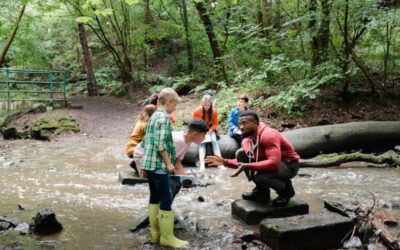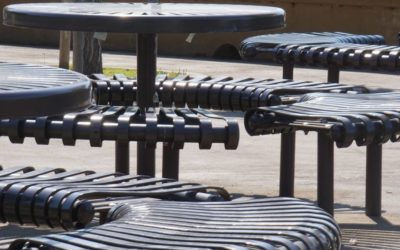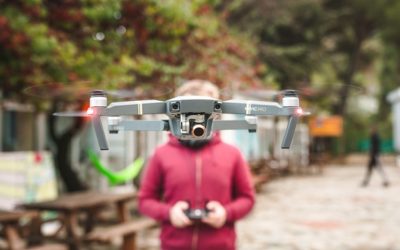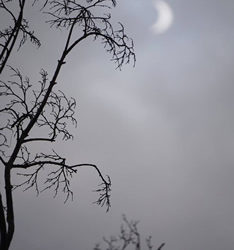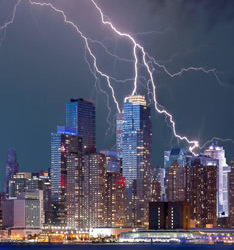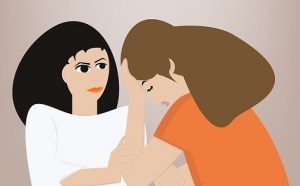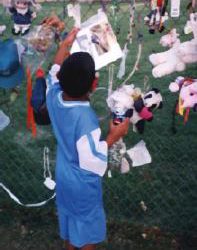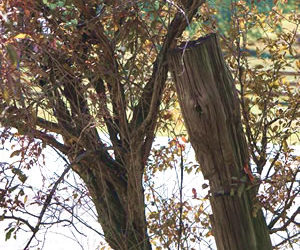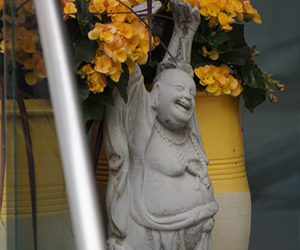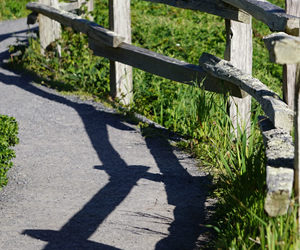Essays & Reflections
On this page I’m experimenting with forms of writing essays and reflections. Some are personal. Others focus on society and culture. Often, they combine the personal, social and cultural.
Employees Say Yes. CEOs Say No. Why Not Work from Home?
Anyone remember the 1970s and 1980s when futurists were predicting a telecommuting takeover? New technology would change work and home life, they said. No more traffic jams or long commutes. Companies would save money on office space. The natural environment would benefit. Employees might even be healthier. But work from home fizzled.
Now here we are, decades later, hopefully coming out of a pandemic that’s been a forced experiment in working from home. And what are the results of that experiment?
Will Adapting to COVID-19 Bring Us Closer to Nature?
In our COVID-19 era, we’re getting closer to nature.
Kayaking, biking, hiking and other outdoor activities are booming. Some schools are teaching in-person classes outside. So many high school and would-be college students taking a gap year want to participate in semester-long nature-based programs that these schools are flooded with applicants. Also, the number of nature-based pre-schools has been growing rapidly, even before COVID hit. Even some doctors are prescribing walks in nature for health and well-being.
Will this heightened amount of outdoor activity have long-term effects for individuals, society and the planet? If so, what might those be?
Photo Essay: A Different View of Ordinary Stuff
I like to take a walk and look at ordinary things in the environment from a different perspective. When I do, I'm often surprised, sometimes delighted, and occasionally grateful-- if for nothing else just the ability to notice momentary beauty, oddity, interesting...
In an Anti-Human World, Can a Pandemic Get Us to Reflect on Our Humanness?
Our American notion of progress is so taken for granted it’s locked us in chains and made our culture anti-human. The pandemic is showing us our humanness and the trade-offs we’ve made as a society.
Women’s Rules
A female friend told me, with astonished curiosity: “I’ve never known a woman who’s so unaffected by the rules for women. You don’t even seem to know they exist.”
“What?! There are rules?” I grinned and rolled my eyes, waiving away the observation. But, it did make me wonder. Two decades later, after bumping head-long into a few of those rules, I think she was right. Somehow, I never got the rule book. Or I just never read it.
Nature’s Power
Excerpt from Christina’s book, Natural Urges:
A year before I left Houston, a tropical storm dumped two days of unrelenting rain on our city. Hundreds of us walked, biked, or skated in the drenching downpour to lean over the bridges and watch Allen Parkway and Memorial Drive below turn into roiling rivers, submerging cars, vans, buses and delivery trucks under 30 feet of water. An evening newscaster was perplexed by why we were out in the storm. “It’s dangerous,” he fretted. “They should be home where it’s safe.”
Didn’t he know? We were feeding our souls.
The Human Cost of Taking Care
Every time there is a mass shooting, like the one at the social services center in San Bernadino, California, politicians claim more mental health services are needed. But the mental health system has been deteriorating for years, despite increasing need, and Congress is aware of it. For several years, I worked in community mental health, until the pressure of its collapse drove me out. This is what it’s like and why we must fix it.
Restoring the Balance After Violence
This article is drawn from my research on memorials we create in response to violence and sudden death. I wrote it in 1999, but never published it. I initially posted it online after the Sept. 11, 2001 terrorist attacks in the U.S. that shook the world, in the hope that it would be of some help. But clearly, violence is still a major problem in the U.S. Mass shootings at schools, theaters, churches, concerts; no place is off limits. And inner city violence and police killings of African Americans continue unabated.
Tree Friends
When I was about 7 or 8 years old, occasionally my dad would decide it was time to cut down a pear tree that had grown up in the fence row. “It’s messing up the fence and producing spotty fruit,” he’d say. “I’m gonna cut ‘er down.”
Then I’d throw a fit, arguing that you can’t just cut down a perfectly good tree because of where it lives. It didn’t bother me that it didn’t produce edible fruit, or any fruit at all. And the fence didn’t appear to me to be suffering. Besides, you can always move a fence.
Simple Things
An odd thing happened the morning we all learned, what for many of us was, the unthinkable results of our presidential election. Interspersed with the anger, fear, and emotional chaos of a world that suddenly seems on the precipice of catastrophe, sparks, like fire flies on a Midwest summer night, appeared unexpected—blinking and disappearing, yet soothing and sublime.
Out of Class
I work at a community college, but rarely interact with students. I count them, analyze their enrollment patterns, their graduation rates and grade point averages. I keep track of the types of degrees awarded, the demographic composition of the student body, and the classes students complete so administrators can make decisions about running the college.
What I do is called institutional research. So when I answered my phone one day, the student voice surprised me. Her words sent me back decades.




